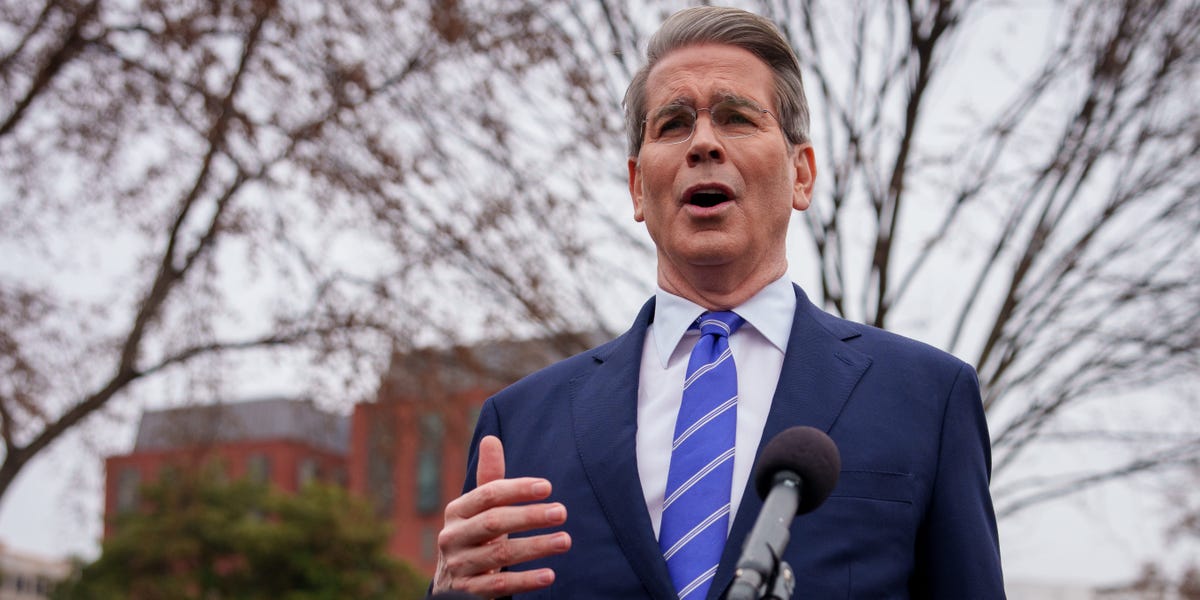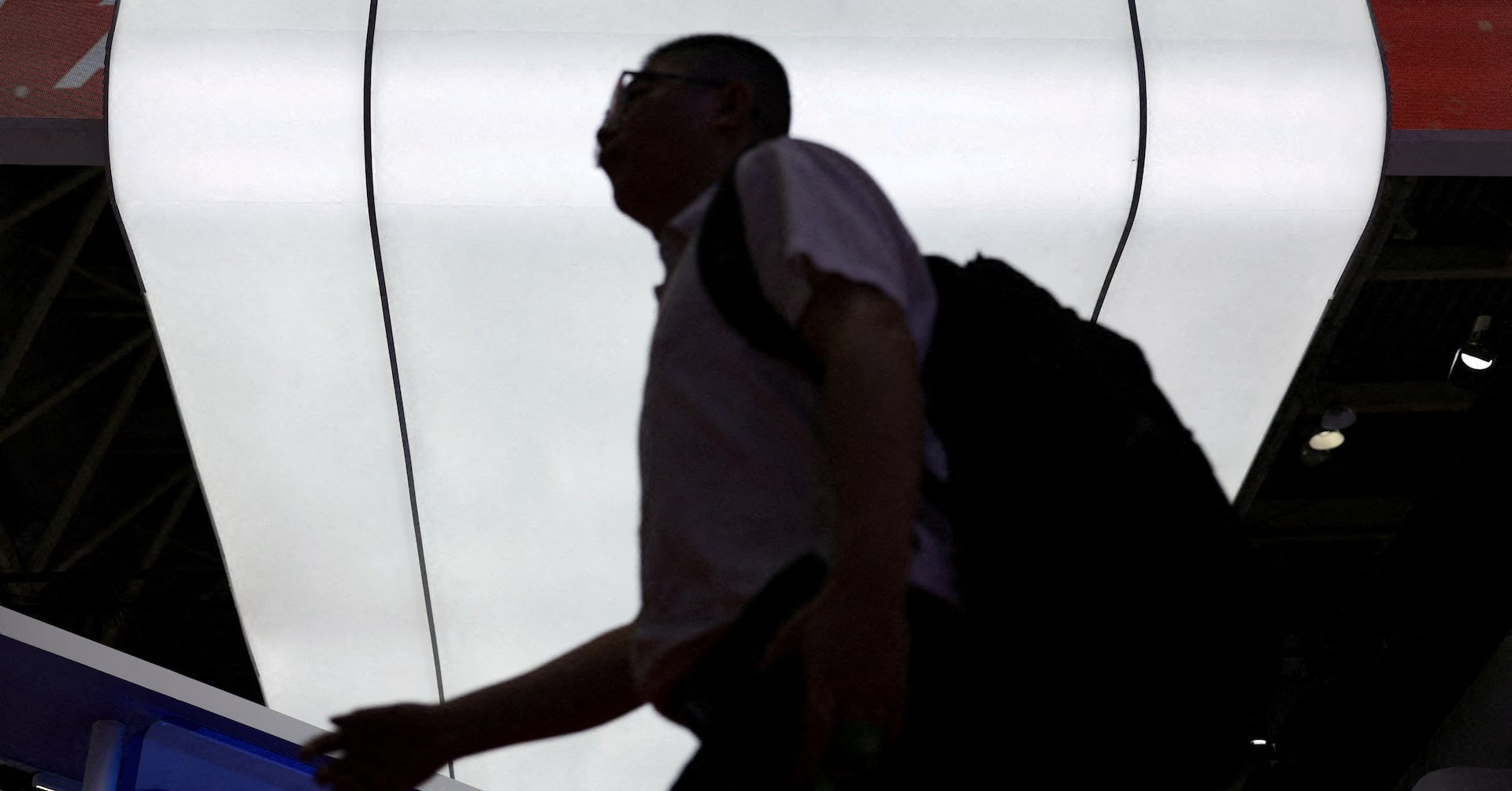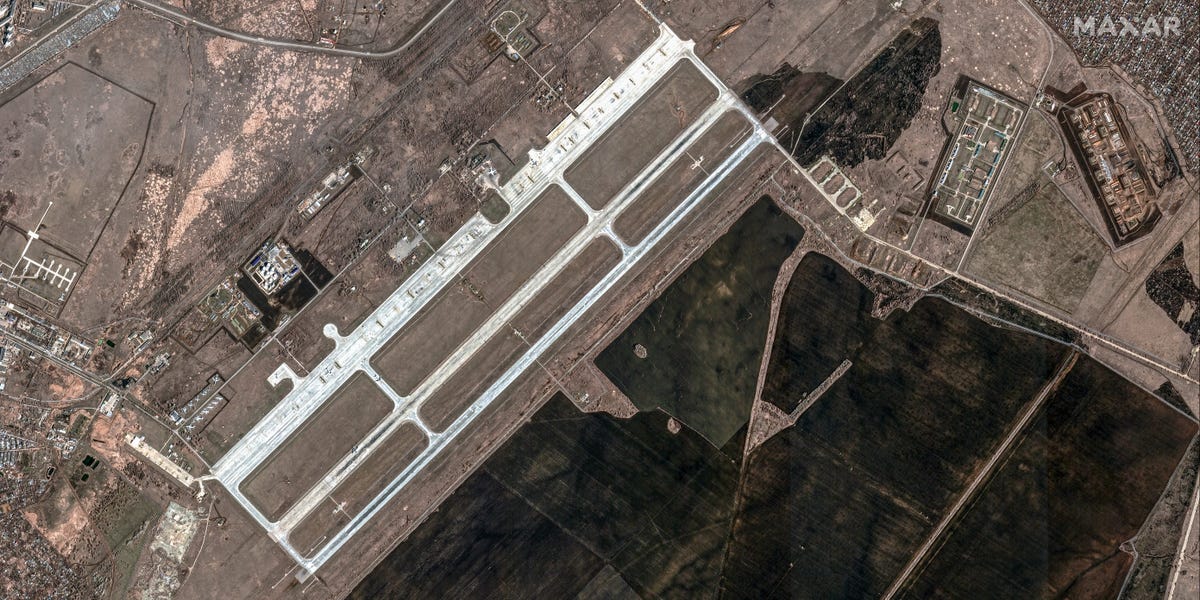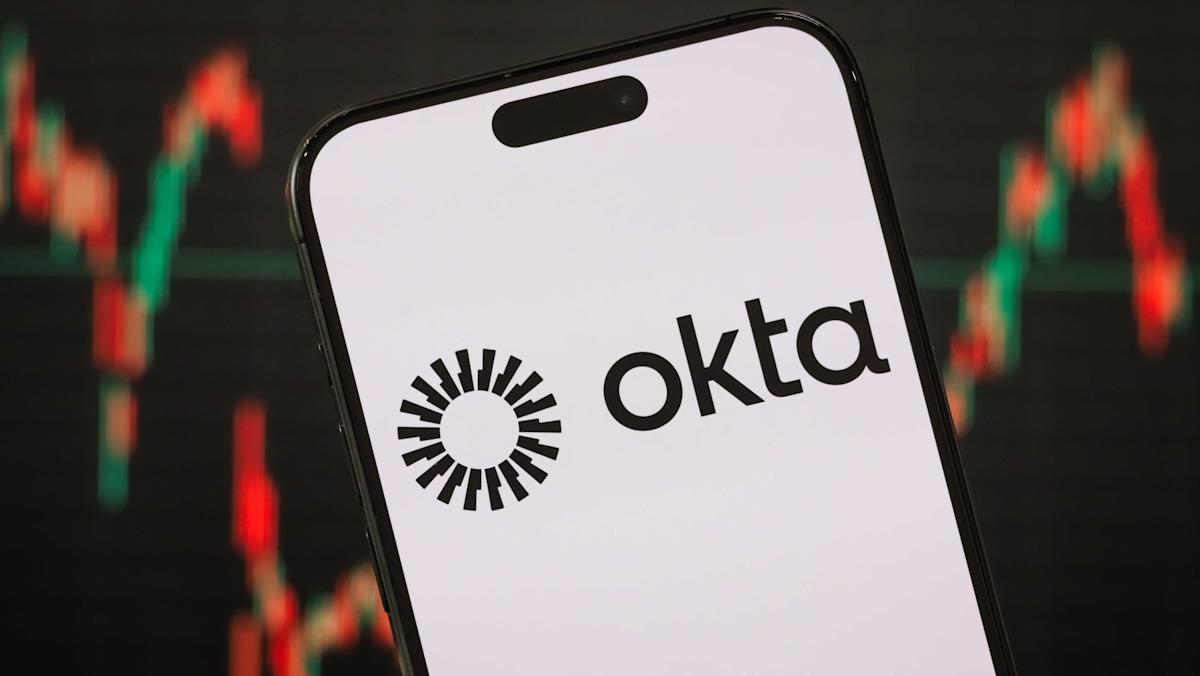Bovine Boom: Indonesia's Bold Quest to Revolutionize Dairy Production
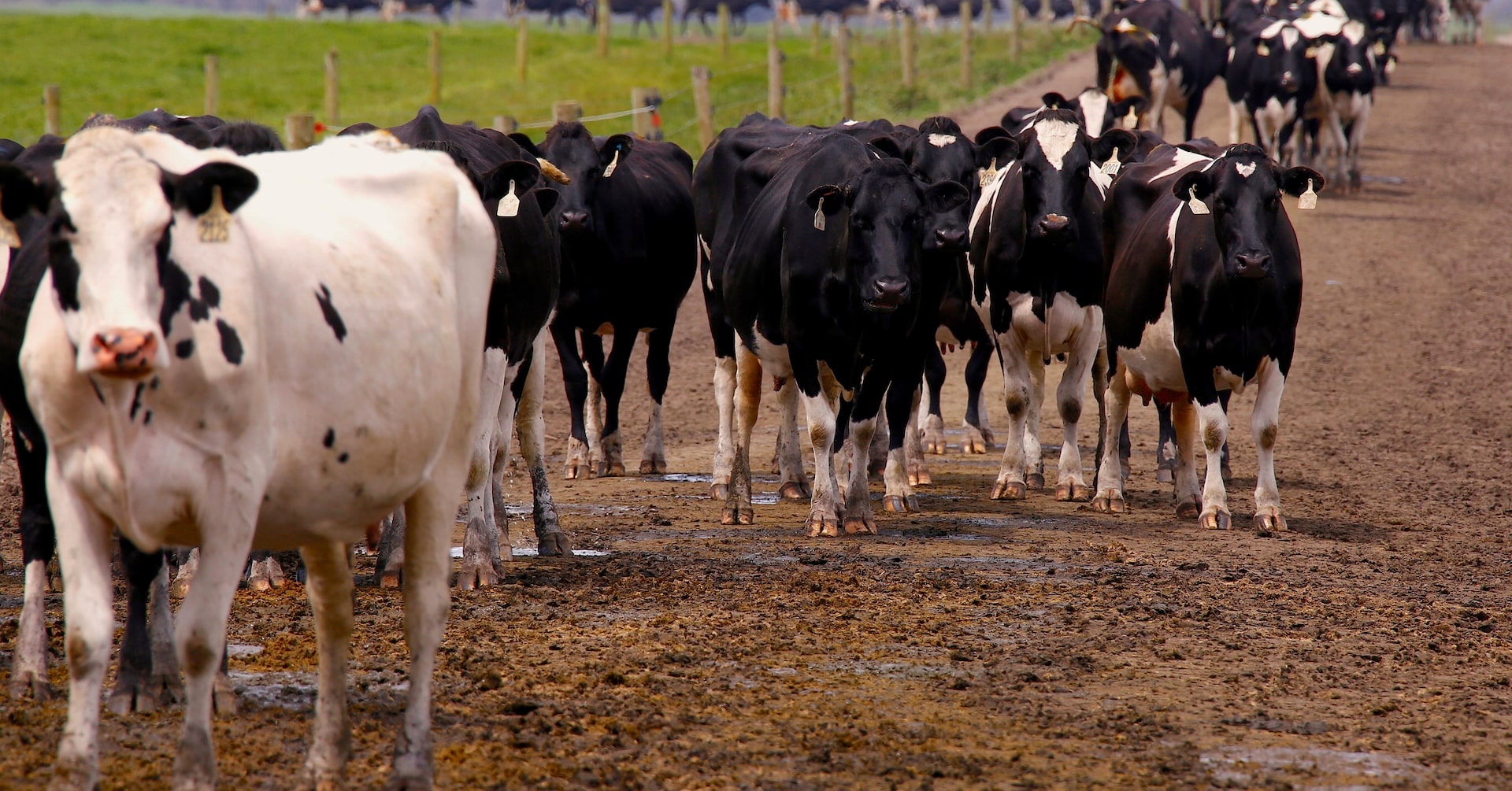
In a remarkable transformation, the once-quiet barns of the Laras Ati milk cooperative now buzz with new life and potential. A recent shipment of over 200 pregnant Holstein-Friesian cows from Australia has arrived, marking a significant milestone in Indonesia's strategic push to revolutionize its domestic dairy production.
These carefully selected spotted Holstein-Friesian cattle represent more than just livestock; they symbolize Indonesia's commitment to enhancing its agricultural capabilities and reducing reliance on imported dairy products. The pregnant cows promise not only an immediate boost in milk production but also the foundation for a more robust and self-sufficient dairy industry.
The cooperative's expanded herd signals a promising future, with each cow expected to contribute to Indonesia's ambitious agricultural goals. By importing high-quality breeding stock from Australia, the Laras Ati cooperative is positioning itself at the forefront of a potential dairy renaissance in the region.


